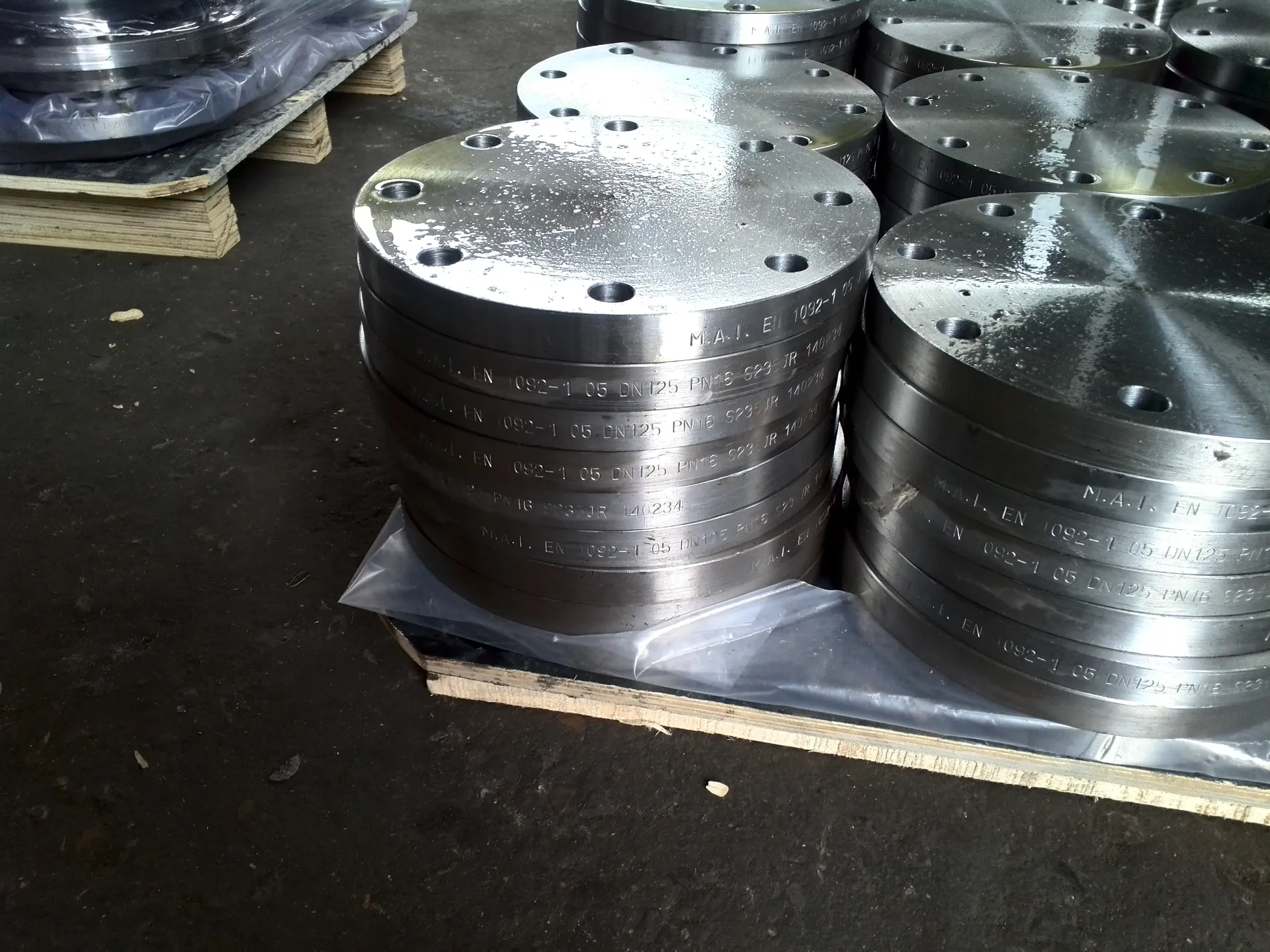-
Cangzhou Yulong Steel Co., Ltd.
-
Phone:
+86 13303177267 -
Email:
admin@ylsteelfittings.com
- English
- Arabic
- Italian
- Spanish
- Portuguese
- German
- kazakh
- Persian
- Greek
- French
- Russian
- Polish
- Thai
- Indonesian
- Vietnamese
- Zulu
- Korean
- Uzbek
- Hindi
- Serbian
- Malay
- Ukrainian
- Gujarati
- Haitian Creole
- hausa
- hawaiian
- Hebrew
- Miao
- Hungarian
- Icelandic
- igbo
- irish
- Japanese
- Javanese
- Kannada
- Khmer
- Rwandese
- Afrikaans
- Albanian
- Amharic
- Armenian
- Azerbaijani
- Basque
- Belarusian
- Bengali
- Bosnian
- Bulgarian
- Catalan
- Cebuano
- China
- China (Taiwan)
- Corsican
- Croatian
- Czech
- Danish
- Esperanto
- Estonian
- Finnish
- Frisian
- Galician
- Georgian
- Kurdish
- Kyrgyz
- Lao
- Latin
- Latvian
- Lithuanian
- Luxembourgish
- Macedonian
- Malgashi
- Malayalam
- Maltese
- Maori
- Marathi
- Mongolian
- Myanmar
- Nepali
- Norwegian
- Norwegian
- Occitan
- Pashto
- Dutch
- Punjabi
- Romanian
- Samoan
- Scottish Gaelic
- Sesotho
- Shona
- Sindhi
- Sinhala
- Slovak
- Slovenian
- Somali
- Sundanese
- Swahili
- Swedish
- Tagalog
- Tajik
- Tamil
- Tatar
- Telugu
- Turkish
- Turkmen
- Urdu
- Uighur
- Welsh
- Bantu
- Yiddish
- Yoruba

Dec . 12, 2024 10:54 Back to list
Blind Flange vs Blank Flange
When it comes to pipeline systems, blind flanges, and blank flanges are two crucial components that play an essential role in sealing and maintaining the integrity of various piping and vessel systems. While both serve similar purposes—essentially covering the end of a pipe or opening in a system—there are some key differences in their design and application. In this blog, we'll explore the differences between blind flanges and blank flanges, helping you better understand their specific uses in industrial and construction settings.
What is a Blind Flange?
A blind flange (often abbreviated as BL flange )is a type of flange used to seal the end of a pipeline or vessel. Unlike other flanges that connect two sections of pipe, a blind flange is designed specifically to close or block off a pipe or opening. It is commonly used in piping systems during construction, maintenance, or in areas where a permanent seal is necessary.
Blind flanges are available in various materials, such as stainless steel, carbon steel, alloy steel, and more. The material used is selected based on factors such as the pressure and temperature of the system, as well as the potential for corrosion. The blind flange design typically features a solid, flat circular disk with no opening in the center, unlike other flanges that have a hole to connect to other pipes.

What is a Blank Flange?
The term blank flange is often used interchangeably with blind flange, but there can be subtle differences in how these terms are applied in certain industries. A blank flange generally refers to a flange that is used to cover an opening or seal off an unused port, similar to a blind flange. It may be used temporarily or permanently, depending on the situation. In some cases, a blank flange can be made to match the diameter and bolt-hole pattern of a standard flange, allowing it to be bolted onto a pipe or vessel.
Like blind flanges, blank flanges are typically made from a range of materials, including stainless steel, carbon steel, and alloy steel. They are often used in applications where a full pipe closure is needed, such as during pressure testing or system maintenance. Some industries may differentiate between the two terms based on specific design requirements or standards, but in many practical applications, the two terms are often used interchangeably.
Key Differences Between Blind Flanges and Blank Flanges
While blind flanges and blank flanges may seem similar, there are a few key distinctions to note:
Design and Purpose
A blind flange is primarily designed to seal the end of a pipeline or pressure vessel. Its purpose is to completely block off the system from further flow or pressure. This type of flange is typically used in applications where a permanent closure is needed, such as during construction or when isolating sections of a pipeline.
A blank flange, on the other hand, is often a temporary solution. It is used to cover openings or ports that may need to be accessed later or for specific maintenance activities, such as pressure testing or cleaning. While it can serve as a permanent seal in some cases, it is more frequently used in situations that may require future access to the system.
Material Thickness and Strength
Blind flanges are often designed with greater thickness and strength, especially for high-pressure systems. They are engineered to withstand significant internal pressure and provide a long-lasting, secure seal.
Blank flanges may have a thinner construction, depending on the application. In some cases, the blank flange is designed to be easily removed or replaced, which can result in a lighter, less robust material.
Applications
Blind flanges are commonly used in situations where a permanent or semi-permanent seal is required. These applications can include pressure vessels, pipelines, and other systems where complete isolation is necessary.
Blank flanges are more commonly used for temporary closures or for specific maintenance tasks. They can be found in similar settings to blind flanges but are more likely to be used during testing, inspection, or when installing or removing valves.
Customization and Variations
Blind flanges are available in a wide variety of sizes, pressure ratings, and materials, making them versatile for many industrial applications. They can be designed to meet the specific needs of the system, whether it’s for high-pressure, high-temperature, or corrosive environments.
Blank flanges are also customizable but tend to have fewer design variations compared to blind flanges. Since blank flanges are often used in less demanding applications, they may be less complex in terms of customization.
Applications of Blind Flanges and Blank Flanges
Both blind flanges and blank flanges play critical roles in a wide range of industries, including:
Oil and Gas: Both types of flanges are used to seal off pipeline openings or vessel ports during maintenance, testing, and shutdowns. Blind flanges are often employed to block off inactive sections of a pipeline, while blank flanges may be used during pressure testing or temporary isolation.
Chemical Processing: In chemical plants, blind flanges are used to isolate different sections of the system, while blank flanges may be used during routine inspection or to seal unused ports.
Water Treatment: Both types of flanges are used in water treatment plants, where sealing off sections of pipes or vessels is essential for maintaining system integrity during repairs or modifications.
Construction: During the construction phase of pipelines and vessels, blind flanges are used to close off pipe ends, ensuring no debris or contaminants enter the system. Blank flanges may be used for temporary closures that allow for future access or modification.
Although the terms blind flange and blank flange are often used interchangeably, they serve similar yet distinct purposes in industrial piping and pressure systems. Blind flanges are generally used for permanent seals, offering robust, high-pressure solutions for isolating sections of a system. Blank flanges, on the other hand, are typically employed for temporary closures, often in applications that require periodic access or testing.
Choosing the right flange wholesale for your system depends on the specific application, pressure requirements, and the need for future access. Whether you are sealing a pipeline for maintenance or testing, or permanently closing off a section of your system, both blind and blank flanges are essential tools in ensuring the safe, efficient operation of your piping infrastructure.

Latest news
-
ANSI 150P SS304 SO FLANGE
NewsFeb.14,2025
-
ASTM A333GR6 STEEL PIPE
NewsJan.20,2025
-
ANSI B16.5 WELDING NECK FLANGE
NewsJan.15,2026
-
ANSI B16.5 SLIP-ON FLANGE
NewsApr.19,2024
-
SABS 1123 FLANGE
NewsJan.15,2025
-
DIN86044 PLATE FLANGE
NewsApr.19,2024
-
DIN2527 BLIND FLANGE
NewsApr.12,2024
-
JIS B2311 Butt-Welding Fittings LR/SR 45°/90° /180°Seamless/Weld
NewsApr.23,2024











